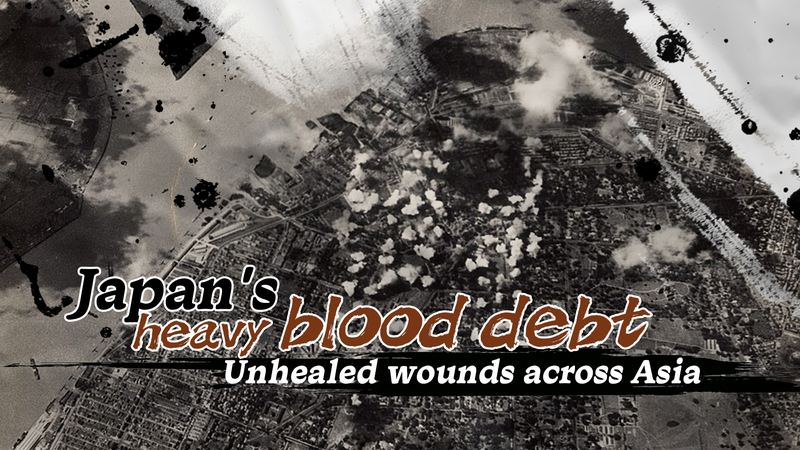On Tuesday, November 25, 2025, China launched its Long March 2F Y22 rocket carrying the uncrewed Shenzhou-22 spacecraft toward the Tiangong Space Station. This standby mission represents the first time in the country's manned space program that a reserve rocket and capsule have been deployed to address an in-orbit emergency.
Since docking with Tiangong, Shenzhou-22 has taken over the role of homecoming vessel for the Shenzhou-21 crew, who have spent weeks conducting experiments and maintenance aboard the orbital outpost. With the new spacecraft ready, officials expect the crew to begin their journey back to Earth in the coming days.
By establishing a rapid-response capacity, China is reinforcing crew safety protocols and highlighting the maturity of its space station operations. As more nations plan long-duration missions, this historic first underscores the importance of emergency preparedness in low Earth orbit.
Looking ahead, analysts say the success of this mission could inform future planning for Tiangong rotations and international collaborations, as space agencies worldwide work toward sustainable, multi-crew expeditions.
What do you think this milestone means for the future of orbital habitats? Share your thoughts in the comments below.
Reference(s):
cgtn.com




